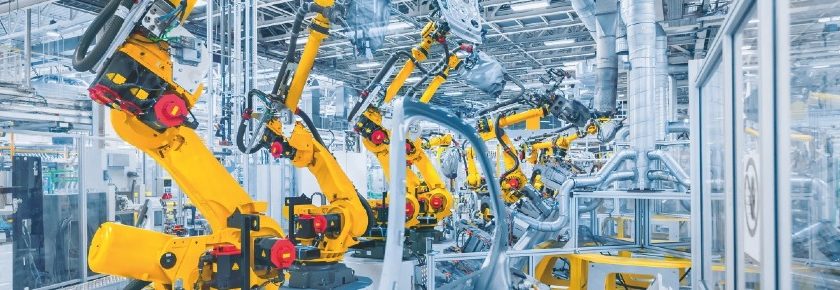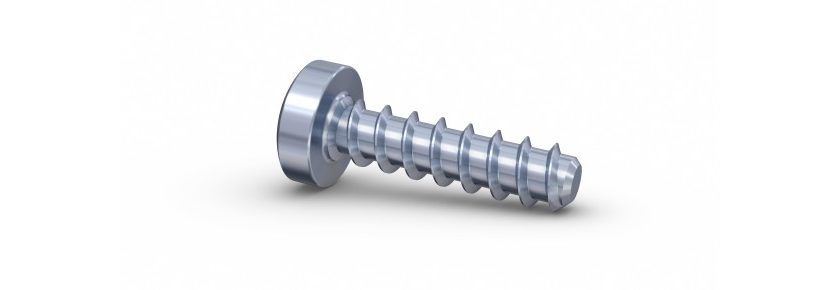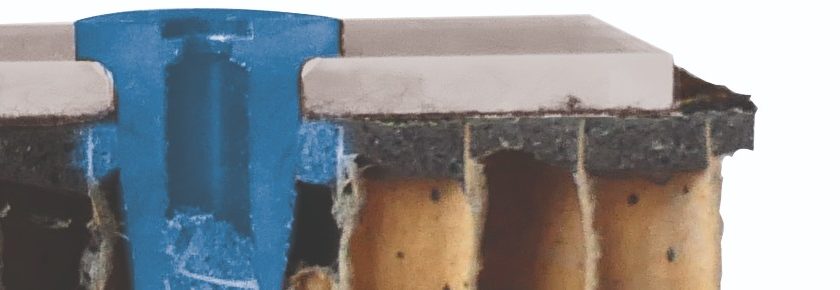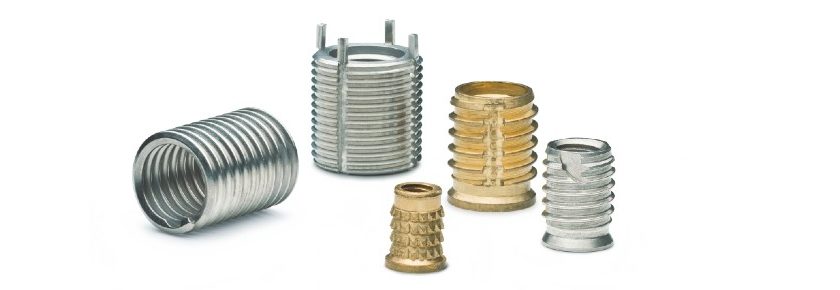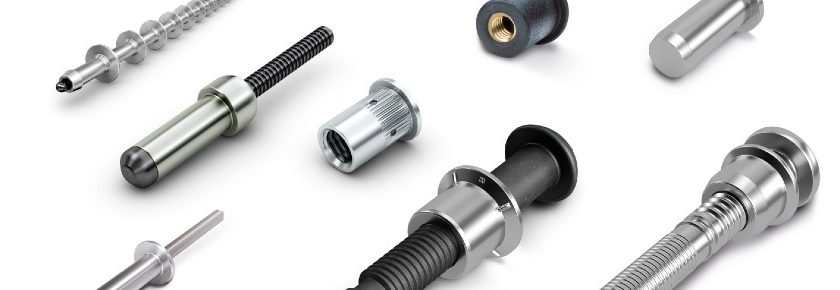Our staff of Application Engineers look at the ins and outs of fasteners every day. They’ve been able to help our customers solve some of their most intricate challenges when it comes to product design and product development and how fasteners play a role in that. Here are four tips from Bossard Application Engineer Jon Dabney.
1) Matching Property Classes
When looking at bolted joints you must be using the correct matching property classes for the bolt or screw, nut, and washer. If you do not consider this, you can have a pre-mature failure while the joint is in service.
You want to make sure that the nut is always stronger than the bolt. The reason being is a nut failure is a delayed failure and not something you will typically see right away as you would with a bolt. A way of doing this is pairing them appropriately 8.8 and class 8/10.9 and 10.
Incorrect washer strength for the property class of the bolt. When you have too soft of a washer paired with a higher property class bolt it can cause embedment which will result in a decrease in preload in the joint which can cause failures.
2) Standard Fasteners
When designing the fastening joint, it is important to design around standards that will govern the material, tolerances, and performance of the fastener. It can greatly increase the cost and lead time of the fastener when going away from the industry standard. What might be a slight change on the drawing can quickly go from a standard cold-headed part to a costly machined part.
3) Assembly Considerations
When designing the fastening joint, it is important for industrial designers to take into consideration the manufacturability of the joint. Balancing the time it takes to assemble and reducing the complexity of the area of the assembly will greatly reduce the total cost of the joint itself. A good practice is to ask this simple question: How do I put this together?
4) Consider Using Multifunctional Fasteners to Reduce Total Cost of Ownership
By using features that help with assembly speed and other multifunctional fasteners such as a dog point, MAThread®, pre-applied patches, thread forming screws, SEMS screws and the many other options can help reduce the total cost of the joint by reducing assembly time and removing processes.
If you have any questions about how to design successful products, please reach out to us at ProvenProductivity@bossard.com.


